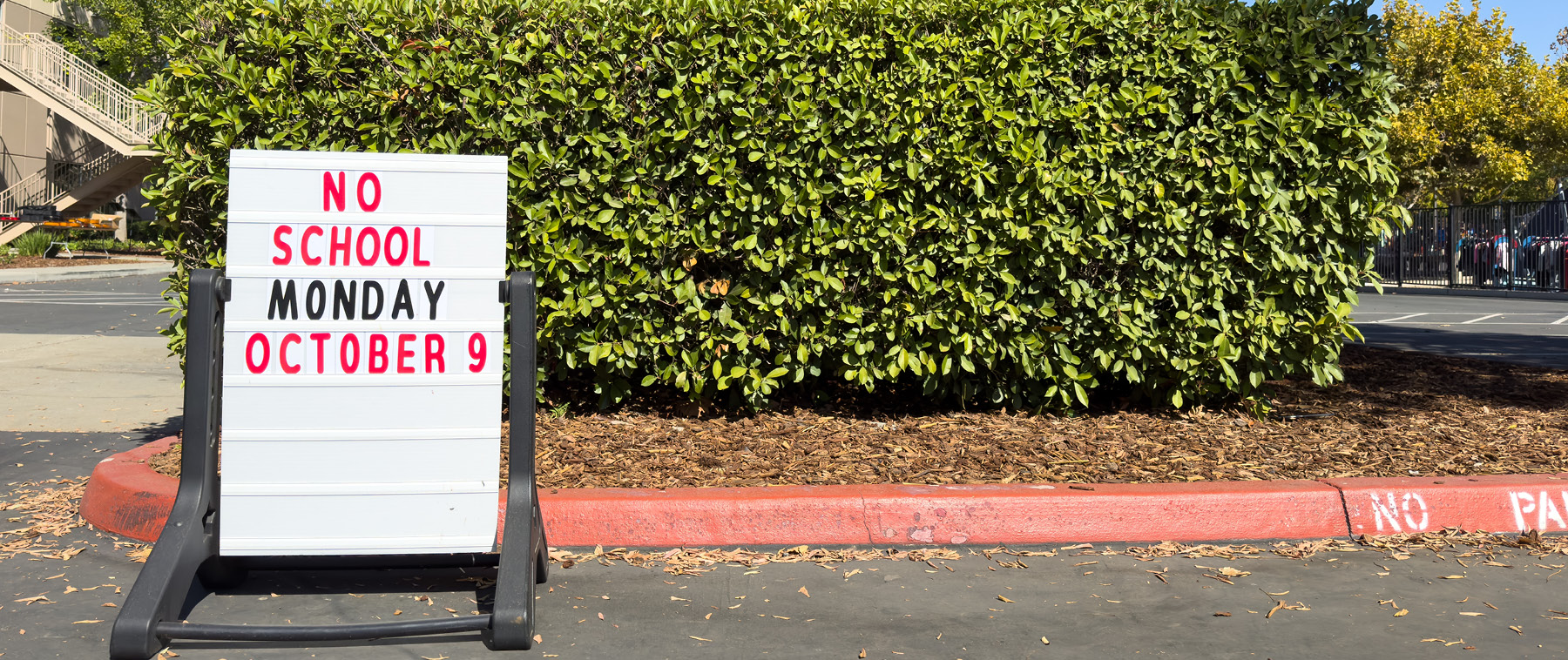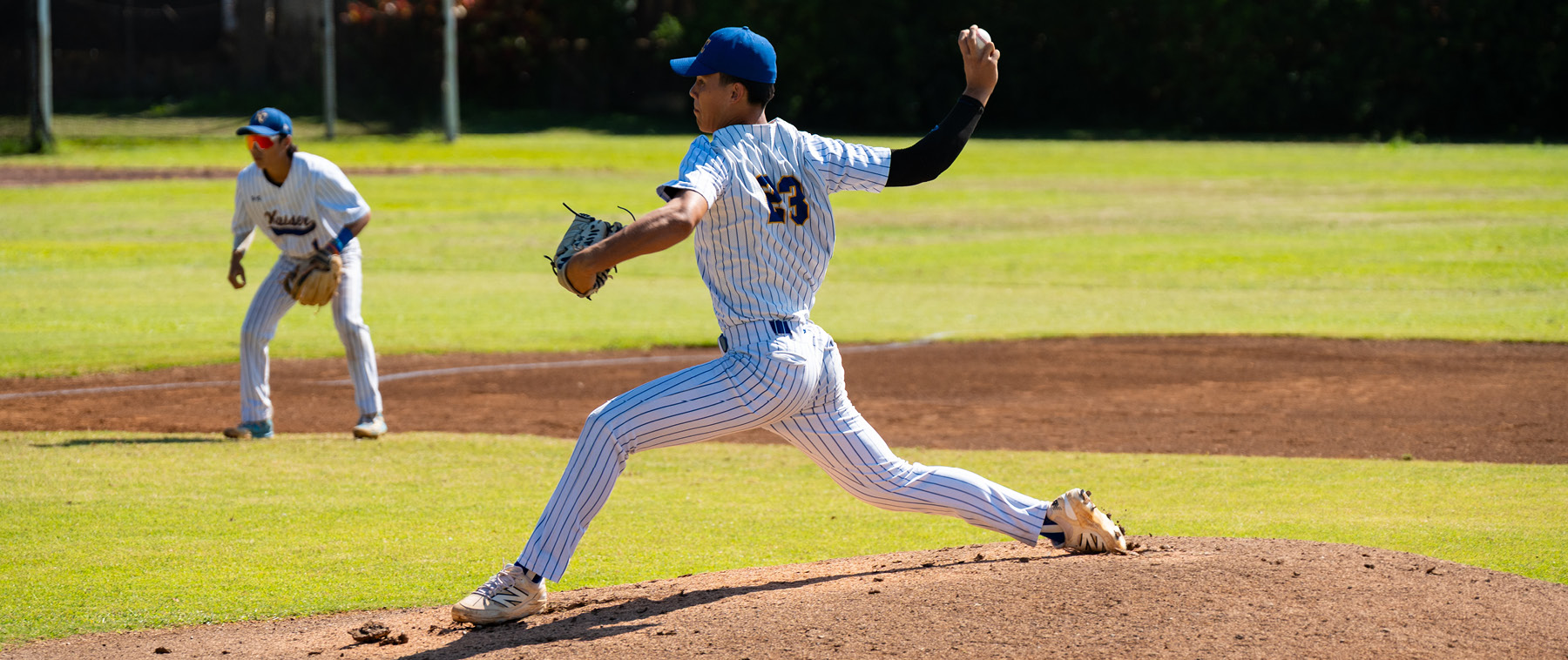
Let's face it. ANYONE can snap a photo. But taking a GREAT photo? That takes a little know-how, a bit of planning, and a good eye for composition. Good composition comes from practice and an understanding of the essentials…rules you can follow (and sometimes break) to make your photos pop.
FOCUS & DEPTH OF FIELD
Focus is everything! If your subject isn't sharp, the photo is a flop. But here's the catch…not everything in the photo needs to be in focus!
- Use a shallow depth of field (like an aperture of f/2.8 or f/4) to blur the background and make your subject stand out.
- Use a deep depth of field (like an aperture of f/16 or f/22) when you want everything in the frame to be sharp, like group shots.
CAMERA ORIENTATION
Your camera can shoot in landscape (horizontal) or portrait (vertical) mode. The way you hold your camera changes the story you're telling.
- Use landscape for wide scenes or group shots.
- Use portrait for individuals or tall subjects.
Let the subject guide your choice, not just habit.
ANGLE OF VIEW
Most people shoot from eye level. It's fine, and it's easy, but it can be a bit boring. Try mixing it up!
- Bird's Eye View: Shoot from above for a dramatic or organized look.
- Worm's Eye View: Get low and shoot up to make your subject look powerful or dynamic.
- Side Angles: Add depth and interest by stepping off-center.

GET CLOSER (SERIOUSLY)
"If your pictures aren't good enough, you're not close enough." - Robert Capa
(Hungarian-American photographer and photojournalist, renowned for his powerful images of conflict and his role in shaping modern photojournalism)
Zoom in with your feet. Get in close to capture emotion, action, and detail. Don't rely on cropping later, frame it right in-camera.
RULE OF THIRDS
Imagine your photo divided into a 3x3 grid, like tic-tac-toe. Place your subject where the lines intersect, not dead center. This creates balance and draws the viewer's eye naturally. It's one of the easiest ways to instantly improve your composition.

FRAMING & SHAPES
Use natural elements to frame your subject:
- Shoot through doorways, windows, tree branches, or even people's arms.
- Look for interesting shapes, like the curve of a dancer's arm or the triangle formed by a basketball player mid-jump.
Framing adds depth and makes your subject stand out.
LEADING LINES
Lines lead the eye. Use them to guide your viewer to your subject:
- Hallways, fences, rows of lockers.
- A group of students looking in the same direction.
- Even a pointing finger can be a leading line!
Just watch out for awkward lines, like a pole "growing" out of someone's head.

PATTERNS & REPETITION
Patterns are eye- catching. Look for:
- a row of chairs
- repeating uniforms
- a line of dancers or athletes
Break the pattern with a single different element for extra impact.

BLURRING VS. FREEZING ACTION
Both techniques can be powerful…just choose the one that best fits your story:
- Use a fast shutter speed to freeze motion, great for sports or action shots.
- Try panning (using your camera with the subject) to blur the background and show speed.

LIGHT IT UP
Light is EVERYTHING. It sets the mood, creates shadows, and highlights your subject.
- Golden hour (about an hour before sunset) gives soft, warm light that's perfect for portraits.
- Midday sun can be harsh and create "raccoon eyes". Use shade or reflectors if you can.
Pay attention to where the light is coming from and how it hits your subject.
PATIENCE & THE DECISIVE MOMENT
Great photos don't just happen, they're captured. Be patient. Watch. Wait for the moment when the action peaks, the emotion shows, or the story unfolds. You might take 200 photos and only get one great one, and that's okay. That one image could be the one that makes the yearbook unforgettable.
After a while, it's easy to feel like you've taken every photo there is to take. But great photography isn't just about what you shoot, it's about how you see it. If you're stuck in aa rut, here are some fun ways to spark inspiration and discover fresh ways to compose your shots.
- STUDY THE PROS: Check out photojournalism sites, sports photography blogs, or even Instagram accounts of professional photographers. Pay attention to how they use angles, light, and framing. Start a Photo Inspiration Wall in your classroom, where the team can print and post photos that they are inspired by.
- THINK LIKE A STORYTELLER: Before you take a photo, think about the story you're trying to tell. Is it excitement, focus, connection, chaos? Let that guide your composition. A photo of a chess player isn't just about the game, it's about the tension, the concentration, the moment before the move.
- LOOK AT PAST YEARBOOKS: Start by flipping through previous years of your school's yearbook. What photos stand out? What felt repetitive? Use this as a jumping-off point to challenge yourself to shoot familiar scenes in new ways.